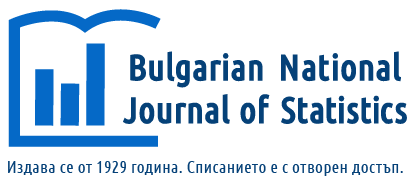Guidelines for Retracting Articles
The Statistics Journal takes very seriously its responsibility to maintain the integrity and completeness of the scientific materials and overall content for all end users. The journal places great importance on the authority of articles once they are published and our policy is based on the best practices followed in the academic publishing community.
According to the general principle of scholarly communication, the editor of a scholarly journal is solely and independently responsible for deciding which article(s) to publish from the submitted articles within the allotted time period. The editor is guided by the policies of the journal’s editorial board and current legal requirements regarding copyright infringement and plagiarism in making this decision. Published articles remain extant, accurate and unchanged as far as possible. Sometimes, however, unavoidable circumstances may arise where, after publication, an article may require retraction or even removal from a particular publication. Such action can only be taken in exceptional circumstances and after careful examination of the case.
Article withdrawal
Withdrawal of the article is only possible while the article is under peer review before it is published. During this stage, if found to contain a violation of professional codes of ethics, such as multiple submissions, false claims of authorship, plagiarism, fraudulent use of data, or similar instances, the article may be retracted at the discretion of the editor. In this regard, the editor’s decision should be considered final, as it was made after thorough evaluation and analysis of each situation.
Article retraction
The aforementioned violations of professional codes of ethics (multiple submissions, fictitious authorship, plagiarism, fraudulent use of data, and similar allegations) will result in the rejection of an article. In some cases, retraction may be considered to correct submission or publication errors.
Article removal and replacement
The identification of misrepresentation or inaccurate presentation of data that may pose a serious risk to health should be treated with the utmost rigour and includes any means of falsification of scientific data or other fraud impeding fair scientific practice.


